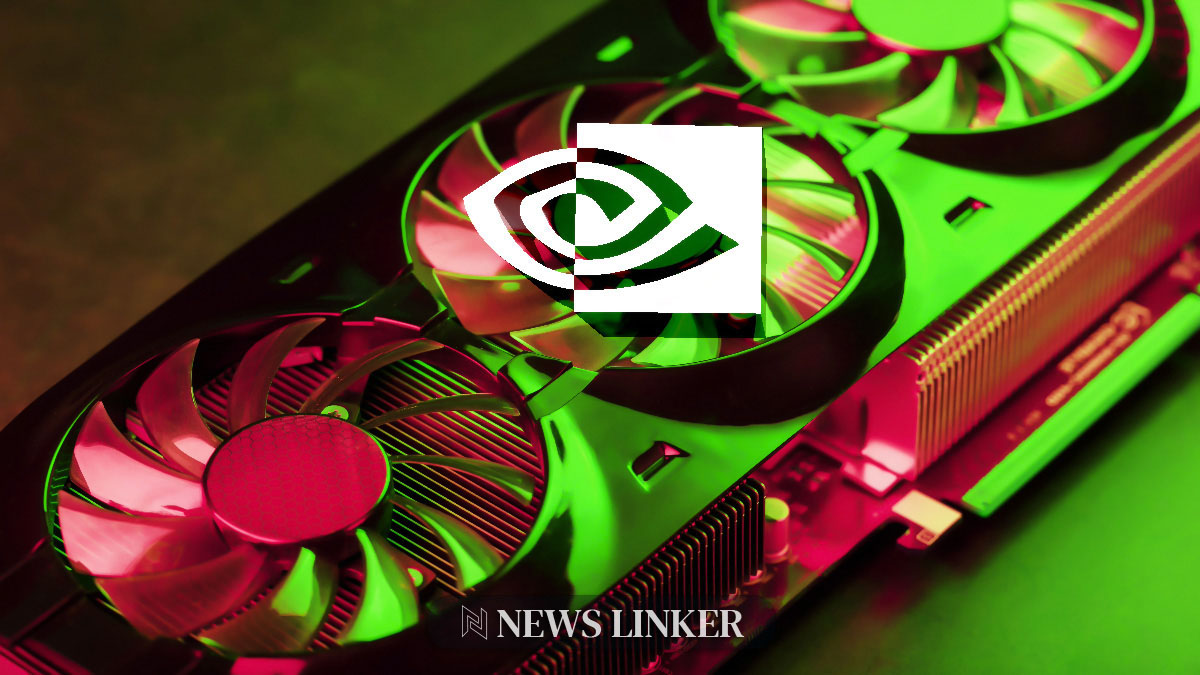With the rise of AI‘s transformative powers, NVIDIA Research’s Eureka, an innovative AI agent backed by GPT-4, has been at the forefront. This cutting-edge technology now allows robots to accomplish intricate tasks, including the rapid spinning of pens, previously thought to be achievable only by humans.
Eureka’s Capabilities
Eureka’s prowess isn’t limited to just teaching a robotic hand these tricks. The AI agent has successfully instructed various robots—ranging from dexterous hands, quadrupeds, cobot arms, and others—in almost 30 distinct tasks. These encompass activities such as opening drawers, using scissors, and even catching balls.
One of the significant highlights of Eureka’s teaching methodology is its reward algorithms. These algorithms, which are written autonomously by Eureka, exceed human-crafted ones in efficiency by a staggering 80%. Such proficiency has subsequently elevated robot performance by more than half. This AI agent isn’t just limited to task instruction; it continually self-improves. It assesses its training outcomes and makes necessary modifications to the reward functions based on the gathered data.
Broader AI Landscape: Robots Teaching Robots
The broader scientific community has witnessed an upsurge in interest around robots instructing their counterparts. A notable instance is the SKILL system introduced in a 2023 paper. This system enabled AI to master 102 varied skills, from medical diagnoses using X-rays to flower species identification. The AI agents shared their knowledge, a concept reminiscent of peer teaching, through a communication network, mastering all the presented skills. Such groundbreaking results aren’t isolated. Renowned institutions like MIT and the University of Bristol have reported success, especially in AI-led robotic manipulation of objects.
NVIDIA’s Vision and Resources
NVIDIA hasn’t limited Eureka to its internal use. By publishing a library containing Eureka’s algorithms, they’ve extended an invitation to the broader community to experiment. The NVIDIA Isaac Gym, a reinforcement learning research application, serves as a platform for these tests.
Simultaneously, NVIDIA Omniverse—a platform built on the OpenUSD framework—acts as the foundation for Isaac Gym. The fusion of GPT-4 with NVIDIA’s GPU-accelerated simulation technologies within Eureka is poised to redefine dexterous robot control and potentially revolutionize the creation of hyper-realistic animations.
Wider Implications and Future Directions
It’s evident that AI agents, like Eureka, are not mere flashes in the pan. The buzz around such agents has been escalating, as seen with the emergence of agents like Auto-GPT and Voyager, the latter being another feather in NVIDIA Research’s cap.
The Eureka paper explicitly illustrates how this AI agent leverages the zero-shot generation and code-writing capabilities of state-of-the-art models. The astounding results have shown that Eureka’s generated rewards outclass those crafted by human experts, leading to substantial performance enhancements.
As Jim Fan, a senior research scientist at NVIDIA, articulates, Eureka stands as a testament to the union of large language models with NVIDIA’s advanced simulation technologies. There’s a unanimous belief that such innovations are paving the path for unparalleled robot control and hyper-realistic animation generation.
Perspectives on Eureka’s Achievements
The unveiling of Eureka highlights the strides AI research has taken. With robots now learning tasks that mimic human dexterity, it’s evident that the boundaries of AI capabilities are continually expanding. The symbiosis of robots teaching robots and AI self-evaluation sets a precedent for the future trajectory of robotics and AI research. Eureka stands as a beacon of this evolution, and the tech world awaits its next transformative achievement.










